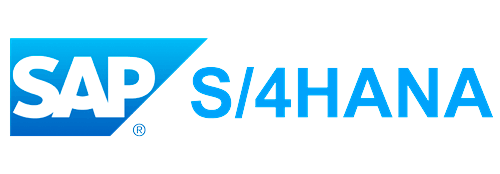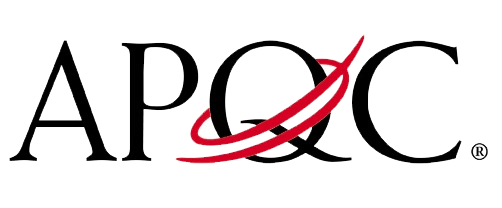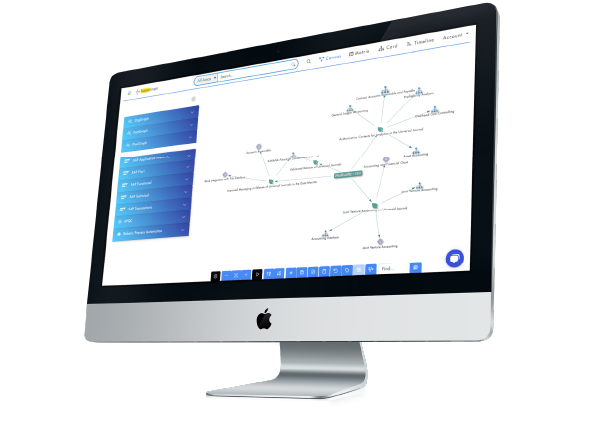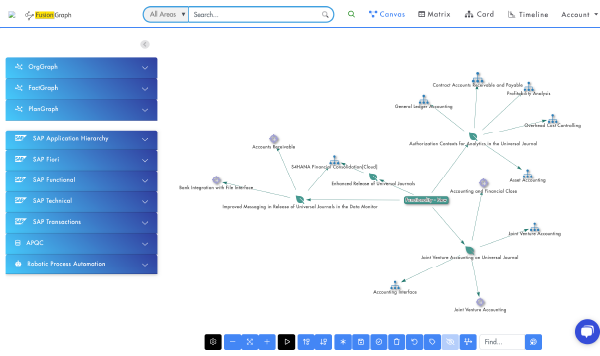2 min read
SAP S/4HANA Roadmap: A Definitive Guide for Business Transformation
In today's fiercely competitive global market, we should recognise the indispensable role of dynamic and robust...


By: Ross Barnes-Moore on Mar 10, 2023 3:43:19 PM

One of the major features of S/4HANA within finance is that the data structures and underlying database tables have been simplified.
Rather than journal data being held in separate tables as was the case in SAP ECC the transactional financial data is now stored in a single centralized table known as the Universal Journal.
From a product perspective this is a huge technical change with S/4HANA and one of the biggest innovations delivered under the S/4HANA product in terms of finance.
It’s a mandatory change so it's import you understand it.
In SAP ECC, financial information from the various sub domains (e.g General Ledger, Profit Centre Accounting, Fixed Asset Accounting, Material Ledger, Controlling, Profitability Analysis) were held in separate database tables.
This meant it was often difficult to combine financial data into a single reporting view without significant ABAP development.
In SAP S/4HANA all actual financial transactions are stored centrally in a single table – The Universal Journal or ACDOCA.
The Universal Journal (ACDOCA) is a single table that contains more than 360 fields containing both financial and controlling postings.
It means that Finance, controlling, asset and material postings are all held in a single table that’s easily accessible - a single source of the truth.
This is an important change in functionality between SAP ECC and SAP S/4HANA
At it's core ACDOCA is a technical change that fundamentally impacts the underlying SAP database and associated tables.
There are technical advantages to having all the data in one table in terms of memory, data redundancy and speed of processing.
But more importantly from a user point of view, having all your data stored in a single table should simplify things and make financial data more readily accessible.
It means that when you run a GL line item report you’ll be able to pull in additional transactional details that weren’t previously available.
Where in the past you had to run multiple reports, now you may only need to run one. The financial data in the general ledger has been enriched.
Secondary cost elements are now created as GL accounts in S/4HANA which means that secondary cost elements can now be included in the financial statement version, again giving greater flexibility in reporting.
The design of the Universal Journal eliminates the need for manual reconciliations between the ledger and subledgers, and between finance and controlling as all the data is held in a single table. The benefit of the design means fewer month-end tasks to perform and a more streamlined period-end close.
Having all your financial and management information in one place means better reporting and easier access to KPIs to make better informed business decisions.

With the help of FusionGraph it's easy to discover and understand new functionality like Universal Journals, and add it to your business case for S/4HANA migration.
Click the link the request a demo.
Jul 14, 2023by Tom Brown
In today's fiercely competitive global market, we should recognise the indispensable role of dynamic and robust...
Jul 13, 2023by Ross Barnes-Moore
A graphical BOM is a tree-like structure that shows the components or raw materials required to produce a product. It...
Jun 7, 2023by Ross Barnes-Moore
Enhanced Scheduling in SAP S/4 HANA is a module that provides advanced scheduling capabilities for organisations that...